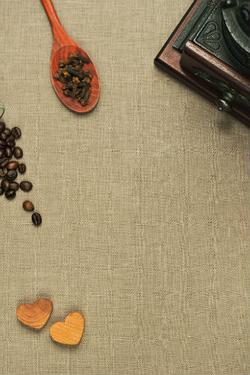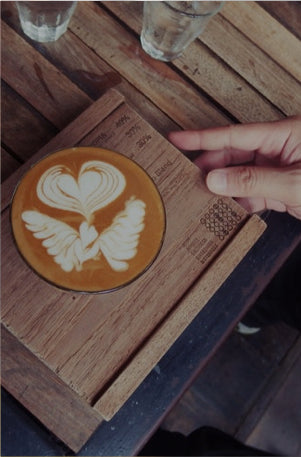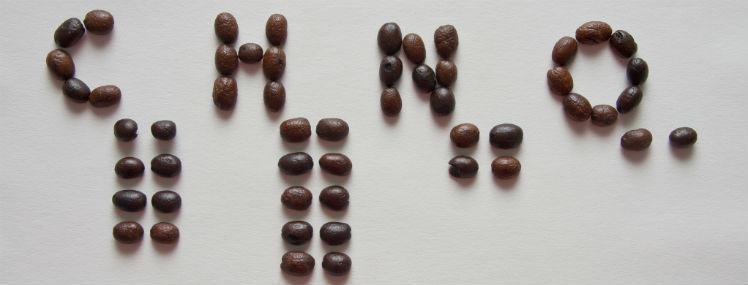If you’re a coffee connoisseur, then you know: not all coffee is created equally. But how can two cups of coffee be so different? They’re ostensibly the same thing: coffee. And yet, they can be totally dissimilar experiences. What separates great coffee from mediocre? The answer is: coffee chemistry.
The Water Part of Coffee Chemistry
You might not think too much about the water you use to make your coffee, but it can actually have a substantial effect on the final product. According to chemist Christopher H. Hendon, soft water (water with low mineral content) tends to produce bland coffee. Hard water has minerals that cling to certain volatile organic compounds in coffee, bringing out the flavors. While you can’t control the chemical composition of the water that comes from your tap, you can buy coffee beans intended for hard or soft water. Give it a try. You might be surprised by the results.
How the Grind Factors Into Coffee Chemistry
The more finely a set quantity of coffee is ground, the more total surface area it has. More surface area allows for a faster extraction of the chemical compounds present in coffee beans. That’s not necessarily a good thing. Coffee that has been over extracted tends to be unpleasantly bitter tasting. While some folks like that flavor, most find it to be rather unpalatable.
The key is to find the sweet spot, where the caffeine and desirable volatile organic compounds have been extracted, but the bitter organic acids are left in the beans. A fine grind allows all of the compounds in coffee to be extracted quickly, including the ones we don’t like the flavor of. That’s why grinding coffee to a somewhat chunky consistency is often a better choice when making drip coffee. If you’re making coffee with a French press, you’ll want to err on the side of a coarse grind, as pressed coffee is typically brewed for five minutes or more. Espresso, on the other hand, requires a fine grind, as the brew time for an espresso shot is rather quick.
Temperature
Generally speaking, the hotter the water, the faster extraction occurs. That’s why cold coffee takes so long to brew. Again, setting speed records for extraction isn’t what we’re after – this is all about using coffee chemistry to get the ideal cup. The ideal water temperature range for brewing coffee is generally regarded as being between 195 and 205 degrees Fahrenheit. Go much colder, and the desirable compounds won’t be full extracted. If the water’s too hot, we’ll end up with more organic acids than we’d like, and our coffee will be bitter.
The Ratio
The ratio of coffee to water is another important variable. Too much water, and our coffee will be bland and watery. Not enough, and we’ll end up with over extracted coffee that is unpleasantly strong, at least to most people’s taste buds.
Brew Time
As mentioned before, brew time varies depending on the brewing method. Espresso is brewed quickly, while pressed coffee is the result of a slower process. Still, each brewing style has a goldilocks zone, where the desirable volatile oils and caffeine are extracted before the bitter organic acids allowed to make their presence known. How’s that for a lesson in coffee chemistry?


